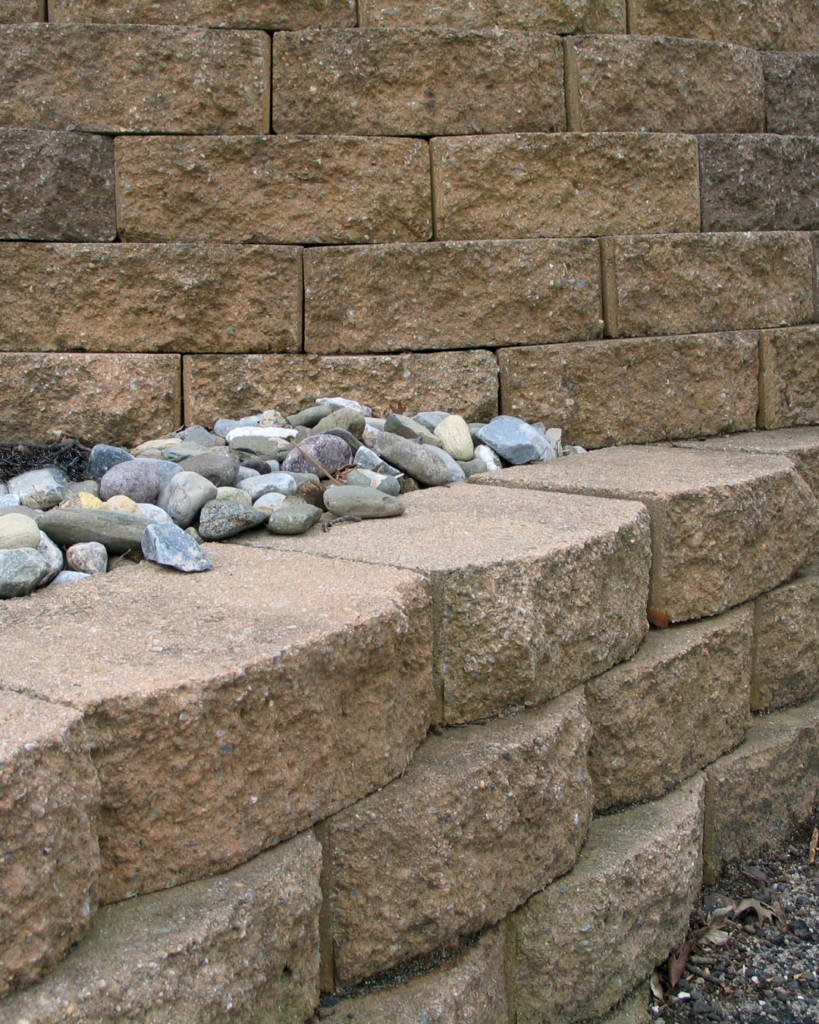Retaining walls are more than just decorative elements in landscaping—they’re vital earth structures designed to manage uneven land, prevent erosion, and protect your property. But when these walls fail, the potential consequences can include property damage, structural damage, and even legal liabilities involving neighboring properties.
At DL Engineering, we specialize in analyzing, designing, and reinforcing retaining walls across Lakewood, CO, and beyond. Here’s a detailed look at the common reasons retaining walls fail—and how proper engineering and wall installation can prevent disaster.

The Most Common Causes of Retaining Wall Failure
1. Poor or Improper Drainage
Wall drainage is one of the most critical elements of a stable retaining wall. When water collects behind the wall, it creates hydrostatic pressure—a type of additional pressure that pushes against the wall structure. If this water pressure isn’t relieved, it can lead to bulging, cracking, or even total collapse.
How to Prevent It:
- Install proper drainage solutions, such as weep holes and perforated pipes
- Use granular backfill materials to promote water flow
- Ensure the wall design accounts for drainage in its engineering
2. Improper Installation and Construction Practices
Walls built without considering wall materials, foundation support, or local soil conditions are more likely to fail. Mistakes like skipping compaction, using cheap materials, or poor alignment can result in instability—especially on steep slopes or areas with high moisture content.
Common signs of poor installation include leaning walls, separated joints, and cracking.
How to Prevent It:
- Work with experienced engineers and licensed contractors
- Avoid shortcuts and ensure proper installation practices
- Use quality wall materials designed for structural applications, not just aesthetics
3. Design Flaws and Misjudged Load Calculations
Failing to properly assess lateral earth pressure, soil type, and overall height—especially for an 8-foot wall or taller—can lead to major design flaws. Walls that aren’t reinforced or are underdesigned for the load they carry are at high risk of collapse.
How to Prevent It:
- Conduct a full geotechnical analysis
- Factor in natural forces like wind and rain
- Ensure the wall supports additional loads like paths on slopes, level walkways, or even concrete slabs
4. Environmental and External Pressures
Heavy rainfall, freeze-thaw cycles, poor soil compaction, and failing backfill materials can all weaken the wall over time. Additional damage may also come from external sources like tree roots, shifting terrain, or water runoff from neighboring properties.
How to Prevent It:
- Use reinforced or segmental wall systems
- Maintain surrounding landscaping and slope grading
- Monitor for signs of damage and perform regular inspections
The Cost of Failure
Retaining wall failures are not only costly to repair but can cause severe damage to nearby structures, yards, and aesthetic landscaping. Walls located along larger scale developments or supporting elevated land are especially critical. The impact can include cracked foundations, damaged utilities, or erosion of land below the wall.
In some cases, structural collapse may affect involved parties, requiring insurance claims or legal resolution. Whether your wall failure affects your home, your neighbor’s fence, or a shared boundary, the legal liabilities can be just as painful as the physical damage.
Key Elements of a Successful Retaining Wall
- Proper layout improvements to match the terrain and manage runoff
- High-quality, durable wall materials designed to resist environmental stress
- Engineered design tailored to steep slopes, level surface needs, and adjacent features
- Reinforced construction that avoids shortcuts and relies on engineering—not fancy technology or DIY fixes
- Routine inspections for cracks, leaning, or erosion—especially after heavy storms or freezes
Don’t Risk It—Call the Pros
While it may seem simple to build a small wall with blocks and a shovel, real structural integrity requires engineering expertise. Whether you’re planning a new wall or concerned about an existing one, DL Engineering can assess, design, or redesign your retaining wall system to meet the highest safety and performance standards.
Our team in Lakewood, CO specializes in both residential and commercial retaining walls. We consider soil composition, slope angle, drainage needs, and load-bearing expectations to ensure your wall doesn’t just look great—it stands the test of time.
Don’t wait for signs of damage to appear.
Contact DL Engineering today at 720.445.8055 or visit our site to schedule your retaining wall consultation. From wall structure stability to effective wall drainage, we engineer solutions that protect your property, your budget, and your peace of mind.
